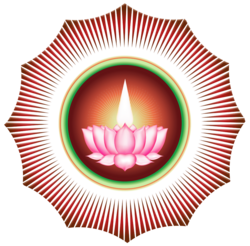| Part of a series on |
| Ayyavazhi |
|---|
 |
The Akilattirattu Ammanai and Arul Nool are the scriptures of Ayyavazhi. While Akilathirattu Ammnai is the primary holy text, Arul Nool is considered the secondary regarding the religious importance. The Akilam is further scheduled into seventeen sections and the Arul Nool into eleven.